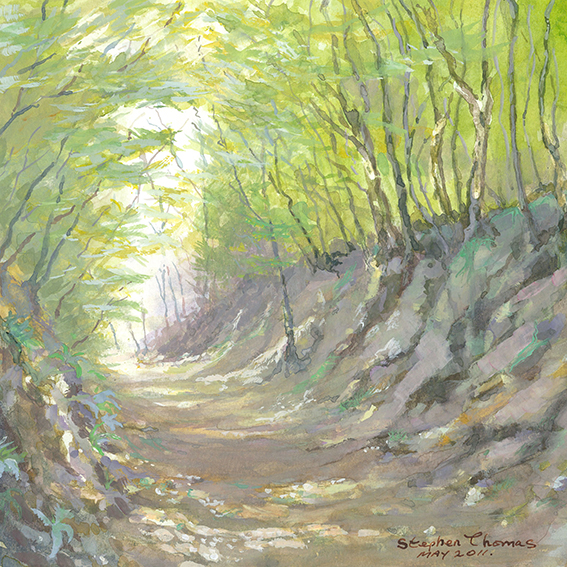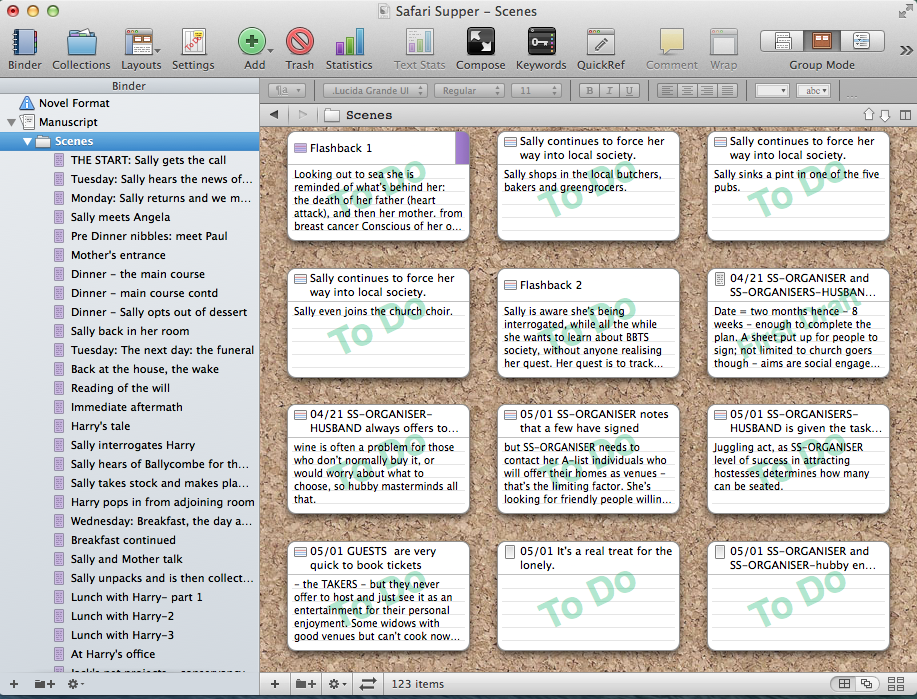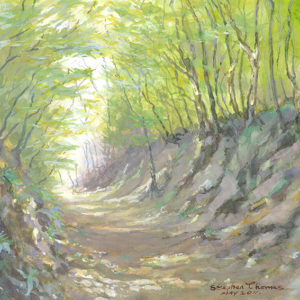
Seeing the wood for the trees
On 6 April,
my blog post Learn Scrivener Fast urged you to take up the offer of free video training, courtesy of Joseph Michael.
Joe’s second video, Organising Your Writing For Complete Control explains how the Corkboard can give you an overview of your novel.
The corkboard: revealing your novel’s structure
 I enjoyed Joe’s video, but the benefits of the corkboard feature were not news to me. I blogged about this last Autumn when I was transferring my NaNo novels from Word into Scrivener. (Refer to my Index of Scrivener posts to track them down.)
I enjoyed Joe’s video, but the benefits of the corkboard feature were not news to me. I blogged about this last Autumn when I was transferring my NaNo novels from Word into Scrivener. (Refer to my Index of Scrivener posts to track them down.)
Do you recall how excited I was then?
Let me introduce Sheila
One of my Red Penners – I’ll call her Sheila because she lives in Australia – has a new project: a fiction based on fact – with nigh on 80,000 words in a Word document.
What’s it about?
I can’t reveal Sheila’s exciting storyline, not yet. That must wait until her manuscript has been edited and Sheila is ready to let others see what she has produced.
However, what I can reveal is what Sheila wrote when she sent me her first draft:
I have completely lost my way.
I no longer know the focus of the book. …
I have failed to deal with the flow. …
I have tried to cut and paste to correct the flow
but I’ve ended up in a worse muddle …
As you will see, I am need of major help
so any advice will be wonderful.
Can’t see the wood for the trees?

I am sympathetic! Been there. Got the T-shirt.
How to proceed?
As per the Red Pen process, I set Sheila three tasks: to prune her preface, to address instances of repetition, and to create a timeline.
Sheila and I are due to have our one-on-one meeting via GoToMeeting on Monday 25 April. The main point for discussion, apart from answering any questions Sheila has about all the comments I made on her script, will be whether she should transfer her 80K words into Scrivener so that she can use the Corkboard feature to identify what is where.
When Sheila reads this, she’ll know what I have planned for her!
If you’ve moved your novel – or any other project – from Word to Scrivener, leave a comment below, or email me. Your experiences may well give Sheila, even more, encouragement to take this leap into the unknown.
The image?
It’s a Stephen Thomas painting, called Woodleigh Wood. To see more of his beautiful images, visit his Salcombe-Art website.
The ScrivenerVirgin blog is a journey of discovery:
a step-by-step exploration of how Scrivener can change how a writer writes.
To subscribe to this blog, click here.
Also … check out the Scrivener Tips
on my ScrivenerVirgin Facebook page.


Patsy
16 April 2016 at 10:26Great picture. Is that somewhere we walked with you? Looks familiar.
anne.rainbow@btinternet.com
16 April 2016 at 11:22Woodleigh Wood is near Loddiswell Station (which is now closed thanks to the Beeching Axe) and the path in the painting used to be the railway line. Stephen and I can’t remember if we have walked there with you – we really ought to keep a diary of who came when and what we did with them! The one I do recall walking (climbing?) with you two was Bench Tor – what a view from the top!
Patsy
16 April 2016 at 10:25I’ve managed to get myself and a story into a bit of a pickle too.
I used to keep each chapter in a separate document (don’t ask why I thought that might be a good idea!) and when I changed the order of events and scenes, I ended it with duplicates of many sections because I was worried about losing them if I deleted anything and because there was so much extra stuff I thought I had lost some … So I rewrote them. OK, ‘bit of a pickle’ doesn’t quite cover it!
Haven’t used Scrivener, but if your current system isn’t working for you then it makes sense to try something else.
anne.rainbow@btinternet.com
16 April 2016 at 11:18I’m shocked, Patsy! You are usually so organised …
For anyone sticking with Word (or similar text processors), my recommendation is that, when you finish an editing session, use Save As … and include today’s date/time in the file name eg Amazing Story as at 1114 on 16 April. Including the time allows for more than one session per day!
When you view available versions, sort them into ‘Date created’ order, so you don’t accidentally work on an older / out-of-date version.
And/or, if you are working on more than one story at a time, and want the filename to help you find the most recent version, Save As Amazing Story as at 2016-04-16-1114
Hope this helps! Enjoy your editing!
Sheila
20 April 2016 at 12:05I can relate to your ‘keeping each chapter as a separate document,’ Patsy! I did exactly the same, and no, I’ve no idea either why that seemed to be such a good idea at the time… I ended up with similar duplications though I think I zapped them all (I hope) before daring to let Anne have a look at what I wrote! Best wishes with sorting out your pickle!